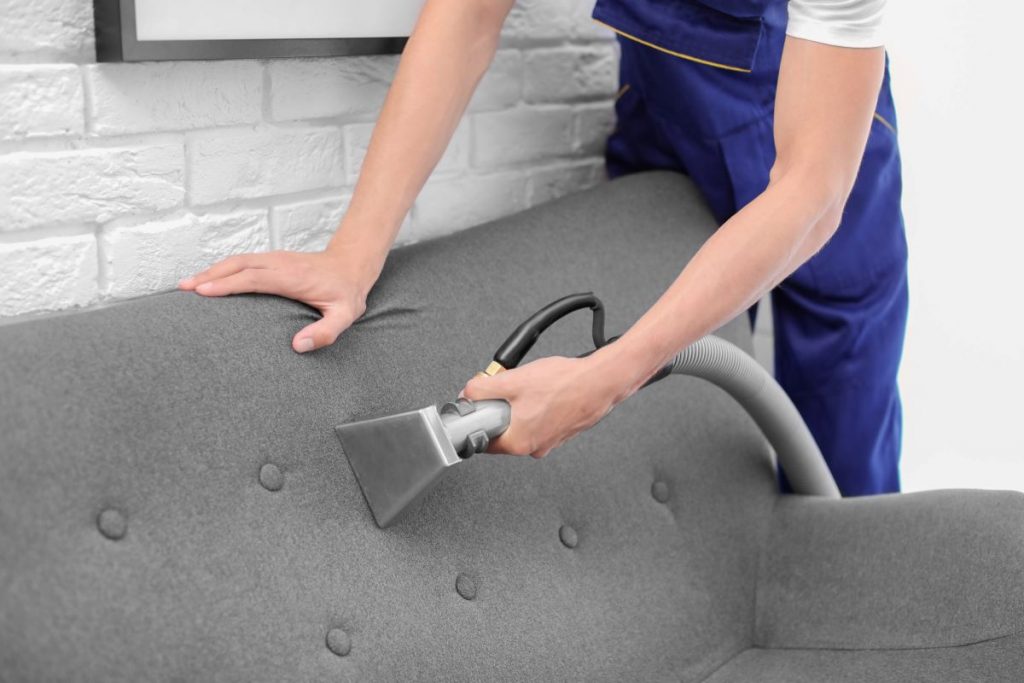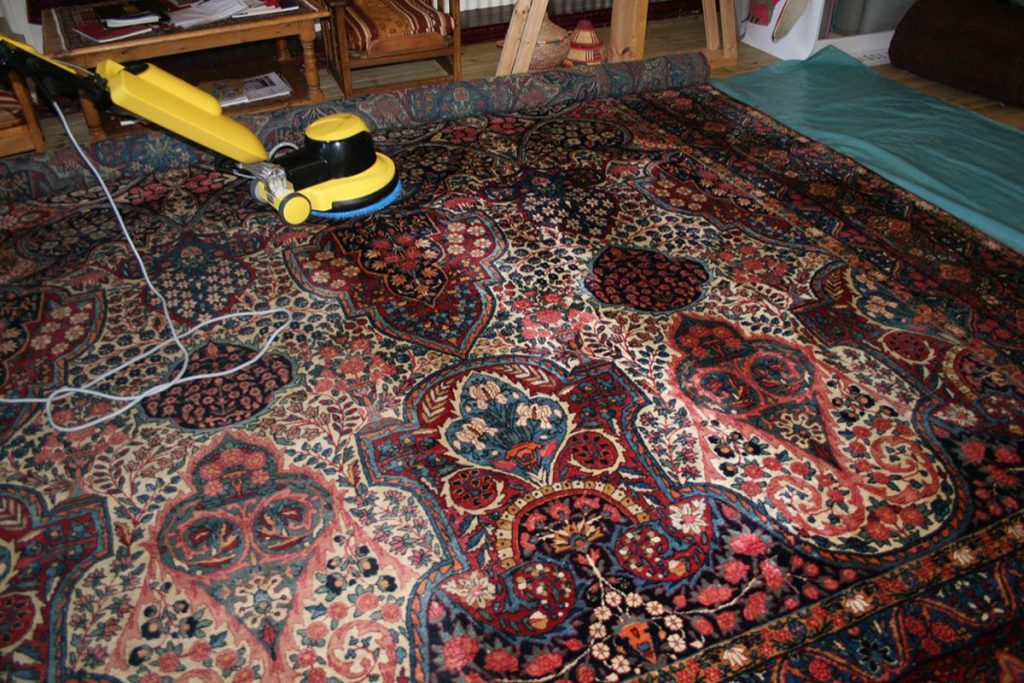Table of Contents
Household cleaning is generally divided into two kinds of tasks: the type that are easy and can be carried out every day, such as some light dusting, sweeping and vacuuming, and the kind that require some thought and effort and are generally pushed off “until later“. It is the latter that inevitably become the source of many allergies and infections in the house, require more repair and refurbishment and often, get damaged beyond repair and need to be completely replaced.
Upholstery cleaning is one such tedious task that we know requires more attention than we are willing to or can give at the moment and so, it inevitably gets pushed off till later. The next time you think about it is when you start noticing frayed fabric edges or stained seat covers.
Regular upholstery cleaning
Make a logical and practical plan for regular upholstery cleaning. It will work wonders for the appearance of your home and will also give you peace of mind to know that there are no hidden dirt pouches, allergens, bacteria and germs hiding in the furniture just waiting to make you fall sick.
Every individual piece of upholstered furniture will need to be cleaned in a different manner. This is because the cleaning needs of fabrics vary greatly. The kind of cleaning product that might work beautifully on your acrylic table cover might wreak havoc on your cotton cushion covers. Before you use any cleaning product on an item, do a small patch test on a hidden part to see how the fabric reacts to it.
Regular vacuuming helps keep upholstery clean. Most vacuum cleaners come with small attachments and special nozzles meant for cleaning fabric, reaching in between furniture creases and sucking dirt and dust out from between the different parts. Regular vacuuming will prevent any serious dirt build-up and is especially necessary if you have pets in the house. Vacuuming is the most effective way of getting fur and hair off upholstery.
Removing stains
Oil and grease stains require special handling. Don’t run for the stain remover just yet. First, take a bit of baby powder or cornstarch and tap it onto the stained area. Allow it to sit for a while. These materials soak up grease and absorb them, so later when you dust the powder or cornstarch away (careful not to spill it onto the carpet) most of the grease or oil particles will be removed with it. After that is done, take a cloth dampened with warm water and press gently over the area.
The most useful tip for cleaning upholstery is that you should attend to a stain or mark when it’s fresh. If you allow a stain or a spilled item to dry up inside the fabric, it will be that much harder to get it out later.
Don’t run for water or a wet cloth to clean a stained fabric. The more moisture or dampness there is in the fabric, the more the stain will spread. Instead, try to scoop away as much of the spilled item as possible using a spoon or scrape it up with a tissue. When there’s only the stain left, blot it a bit with an absorbent cloth. Using water or a stain remover should be the final step, and it should be done with a light hand.
If a particularly expensive or exquisite bit of upholstery has gotten badly stained or otherwise damaged, it is probably best if you leave it to the professionals. A lot of stain removing products might do a good job, and you might have some experience with spot cleaning around the house, but with extensive damages or if you want a really thorough general cleaning, it makes more sense to hire a reputable cleaning service for the task.








